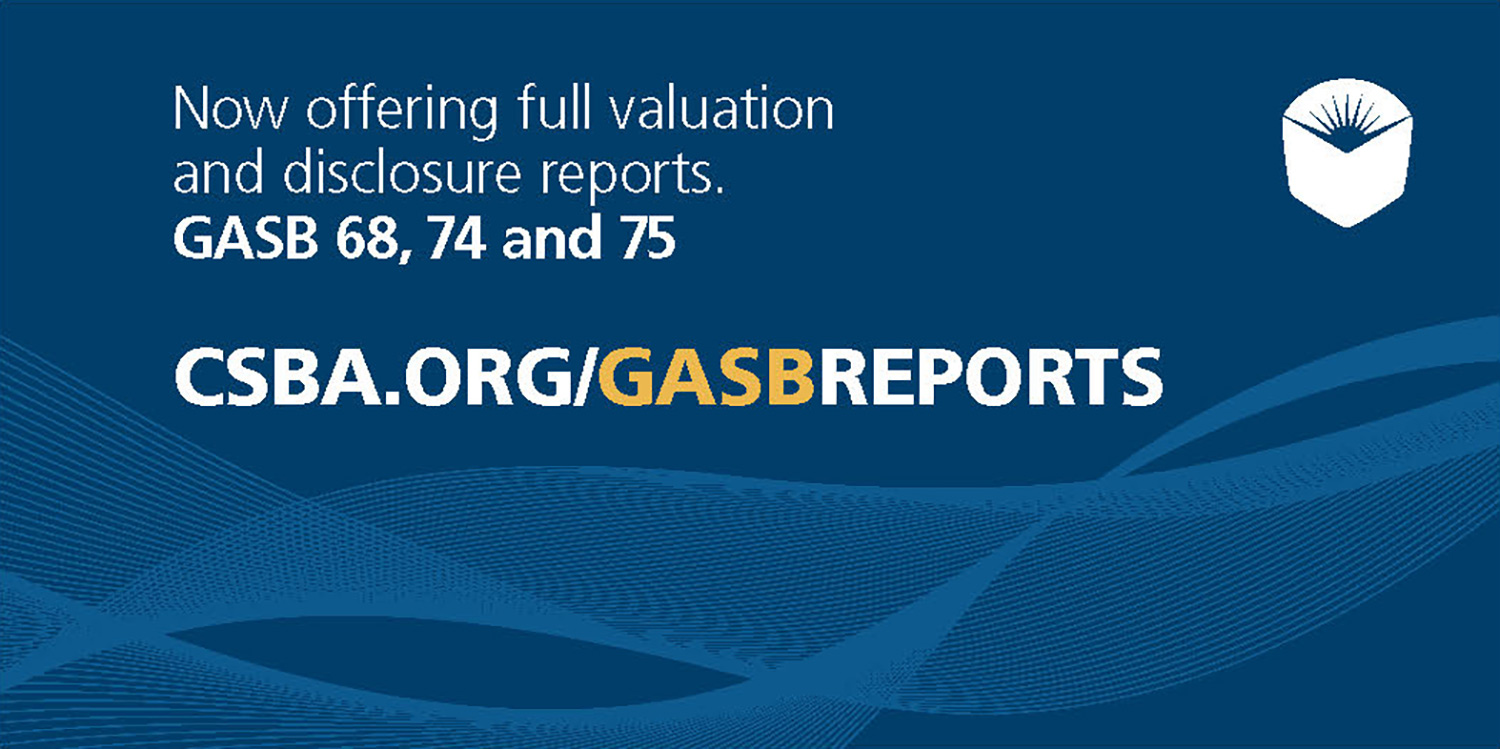The 2022 budget cycle was a long and winding road for schools, as an initial budget bill — Senate Bill 154 — that offered few details faded into weeks of last-minute bargaining between the stakeholders, the Legislature and Gov. Gavin Newsom. After months of dedicated advocacy from CSBA and local education leaders across the state, the final agreement — signed into law by the Governor just one day before the new fiscal year started on July 1 — provides significant and key wins for schools on Local Control Funding Formula funding, COVID attendance relief and home-to-school transportation.
These wins were long fought and are the result of consistent and effective advocacy by every school board member across the state who participated in CSBA’s advocacy, from Legislative Action Week to the multiple phone, email and advocacy campaigns organized by CSBA staff. Without this collective effort, these significant achievements would not have been realized.


Policy

Summer learning programs support accelerated learning and encourage positive youth development, career development and even college preparation. While summer learning programs are optional for districts and county offices of education (COE), they can provide opportunities for students to practice essential skills and make academic progress — something especially important as local educational agencies focus on learning recovery and acceleration for students who experienced learning loss during school closures caused by the COVID-19 pandemic.
Many district and county office boards recognize that an extended break from instructional classroom days may result in significant learning loss, especially among underserved and low-achieving students. Key findings from an evaluation published by the California Department of Education found that summer learning programs in Fresno, Los Angeles and Sacramento increased participating students’ instructional grade level by over one-third of a grade on the San Diego Quick Assessment, ending the summer with vocabulary skills much closer to their grade level. Similarly, English learners across communities demonstrated statistically significant increases in their grade-level vocabulary skills, a gateway to English language fluency. Parents also reported that summer learning programs help youth prepare for the challenge of transitioning from elementary to middle school, a period when many youths begin to disengage from school.

Troy Flint | tflint@csba.org
Editorial Director:
Kimberly Sellery | ksellery@csba.org
Marketing Director:
Andy Rolleri | arolleri@csba.org
Staff Writers and Contributors:
Alisha Kirby | akirby@csba.org
Heather Kemp | hkemp@csba.org
Teresa Machado | tmachado@csba.org
Dana Scott | dscott@cba.org
Christa Matthews | cmatthews@csba.org
Graphic Design & Branding Director:
Kerry Macklin | kmacklin@csba.org
Senior Graphic Designer:
Amanda Moen | amoen@csba.org
Dr. Susan Heredia | Natomas USD
President-elect:
Susan Markarian | Pacific Union ESD
Vice President:
Albert Gonzalez | Santa Clara USD
Immediate Past President:
Xilonin Cruz-Gonzalez | Azusa USD
CEO & Executive Director:
Vernon M. Billy
California School News (ISSN 1091-1715) is published 11 times per year by the California School Boards Association, Inc., 3251 Beacon Blvd., West Sacramento, CA 95691. 916-371-4691. $4 of CSBA annual membership dues is for the subscription to California School News. The subscription rate for each CSBA nonmember is $35. Periodicals postage paid at West Sacramento, CA and at additional mailing office. POSTMASTER: Send address changes to California School News, 3251 Beacon Blvd., West Sacramento, CA 95691.
News and feature items submitted for publication are edited for style and space as necessary.

In politics and in life, it’s especially gratifying when you achieve an ambitious goal, overcoming challenges and skepticism along the way. That was the path CSBA took en route to key victories for public schools during this year’s budget negotiations. When Gov. Gavin Newsom signed education budget trailer bills Assembly Bill 181 and AB 182 into law on June 30, he codified several provisions that reflected CSBA’s priorities and will deliver billions of dollars annually to California schools and the students they serve.
Most notable in terms of CSBA’s influence, was the historic allocation for home-to-school transportation. Because of CSBA’s persistent advocacy on this issue, the state will now, after 40 years of substandard and insufficient funding, provide funding on an ongoing basis, paying for 60 percent of reimbursable home-to-school transportation costs for all local educational agencies — double the current average of 30 percent! The budget trailer bills increase funding for home-to-school transportation by $637 million in ongoing Proposition 98 funding, add $1.5 billion in one-time Proposition 98 funding for a state-wide zero-emissions school bus program that prioritizes rural and low-income LEAs, and provide an annual cost-of-living adjustment (COLA) equal to 60 percent of an LEA’s transportation costs or its current Local Control Funding Formula home-to-school transportation add-on.
Department of Education Deputy Secretary Cindy Marten opened the webinar by acknowledging the challenges brought on by the COVID-19 pandemic and the role of community schools in supporting students. “The good news is we know how to structure systems and opportunities, we know what it takes to reach and teach every student and to deliver on equity, giving each student what they need when they need it, in the way that they need it,” she said. “The findings from the science of learning and development are crystal clear and they show us that students achieve better outcomes when they have strong relationships with caring adults and peers … and when they are in environments that are supportive. Community schools do exactly what the research says — they put schools at the center of their communities.”

The California Commission on Teacher Credentialing held a packed three-day meeting June 15–17 in which it “endorsed” key aspects in the development of the PK-3 Early Childhood Specialist Credential. The commission also received updates on the implementation of Senate Bill 488, the legislation directing the replacement of the current Reading Instruction Competence Assessment (RICA), and progress on determining which degrees demonstrate subject matter competency, among other business.
Action items on the agenda included staff recommendation for the adoption of the PK-3 Early Childhood Education Specialist authorization statement, credential requirements, teacher performance expectations (TPEs) and program standards with any modifications suggested by the commission to be addressed in regulations brought back for consideration at the August 2022 meeting.
Staff explained that extensive input from multiple communities of interest has been collected since the April meeting, resulting in changes in both the proposed credential requirements and how candidates with relevant ECE preparation and experience could move through the credentialing process. There is a need to provide a meaningful, rigorous and feasible bridge between separate licensing approaches of the Child Development Permit structure and the Multiple Subject Credential structure and recognize candidate’s earned wisdom and knowledge in the field. Thus, multiple pathways are being created for a variety of candidates from a variety of backgrounds.

Teacher shortages are making it increasingly difficult for schools to address the academic needs of students, which have only become deeper as educators work to help children overcome pre-existing gaps that were exacerbated by extended pandemic-driven campus closures.
Recognizing how widespread the issue is, the House Labor, Health and Human Services, Education, and Related Agencies subcommittee convened a hearing May 25, “Tackling Teacher Shortages,” during which a panel of experts discussed potential solutions and avenues in which federal investment could aid in the effort of recruiting, training and retaining well-prepared educators.
“Our witnesses lay out solutions for many of the problems we face,” said committee Chair Rosa L. DeLauro (D-Connecticut). “I share their view that proactive investments in pipelines and preparation programs will help us reduce shortages in the years to come.”

Some questions for boards to consider:
- Does our board’s behavior and demeanor at the dais demonstrate our commitment to a culture of connection and engagement, knowing that these translate to academic success?
- How do we make sure our superintendent and board share motivation to engage students and staff in an energetic way at the beginning of the year?
- Are we modeling behaviors and standing behind protocols that show sensitivity and respect for new and returning students or staff for whom COVID concerns are still significant?
One lesson learned was about capacity building and how CCEE can support education leaders in growing capacity and making improvements to address local issues. Hartley said that building capacity looks different around the state, especially with the variability in district size. “We have to look at capacity building with different lenses depending on people [we are] serving,” Hartley said.

Members of the public have the right to review the agenda of a board’s upcoming meeting. Government Code section 54954.2 specifically requires that the governing body post the agenda for a regular meeting 72 hours before the meeting and 24 hours before a special meeting. This includes posting the agenda in a physical location and on the agency’s “primary internet homepage.” (Gov. Code § 54954.2)(a)(2)(A).) In addition to making the agenda available, materials related to agenda items and used by the governing body during a meeting must also be made available for review. (Gov. Code, § 54957.5, subd. (b)(2).) However, the timeline for making materials available for review is not straightforward. The determining factor for when, where and how to make materials available to the public is when the board itself receives the materials. There are three timeframes that may apply:
July 28, Aug. 11 & 25
MIG Alumni Association Summer Book Club Series
Governance with an Equity Lens
2022 Leadership Institute | Los Angeles
2022 CCBE Annual Conference | Monterey








